Dundas Castle has been on my list of places to visit for a while, but I had been holding it off until the warmer months, as I could imagine nothing more magical than a fairy tale-looking castle surrounded by lush green foliage…and I certainly wasn’t wrong.
Dundas Castle, also known as Craig-E-Clair, is located in the sleepy town of Roscoe, NY with very little recorded history on the structure. There are a lot of rumors and hearsay shrouding the castle, but I’m going to take a wild guess and assume that most of it is untrue. What I do know is the 1,000 acres of land originally held the Beaverkill Lodge, which was built by Bradford Lee Gilbert in the late 1880s; the lodge only frequented by Gilbert once or twice a year. When Ralph Wurts-Dundas purchased the land in the 1915, he used the original lodge as the framework and built the castle around it.
R. W. Dundas was a man of wealth (duh), and a grandson to William Wurts, one of three brothers who built the Delaware & Hudson Canal. He was a bit of a recluse with a fetish for the Gothic architecture of European castles, which is why he decided to build his mansion in this style, tucked away in the woods of New York. Construction of the castle began in the early years of the First World War, but Dundas never saw it completed, as he passed away in 1921 while the estate was in its final stages of completion. Construction continued for three more years until 1924.
There have been several rumors that I’ve uncovered regarding Dudas’ family. His wife, Josephine Wurts-Dundas had a history of mental illness. One rumor claimed that this came about after her son fell to his death out of a window in their home. There were other rumors claiming that Mrs. W-D spent some time locked away in one of the rooms in the castle to hide her away during her psychotic episodes. However, while they visited frequently during the construction period, neither Mr. or Mrs. – or anyone else for that matter – has ever lived in Dundas. There are also tales of Josephine currently haunting the castle – maybe she’s making up for the lost time she was unable to live there?
After Ralph’s death, he left a fortune of more than forty million dollars to his wife and daughter. However, shortly after his death, Josephine was committed to a sanitarium where she died quickly thereafter, thus leaving the entire foturne and castle to their daughter Murial. It is said that Murial was swindled by the castle’s caretakers, who were acting as her guardian at the time, thus losing most of her fortune. She eventually married a man from Baltimore in 1930, and never returned to the Catskills to complete the family fortress. The couple eventually moved to England and departed on an expedition to find “St. John’s Gold.” The expedition fell apart when the couple fired the historians and scientists helping in the search, and hired a mystic with a willow wand (I mean, who wouldn’t?). At this point, Muriel’s mental health was called into question, and she was placed in a sanatorium, just like her mother. In 1949 she sold the property to the Prince Hall Grand Lodge of the Masonic Order, an organization of African-American Masons from New York. The initial plan was to establish a Masonic home for the aged and indigent, however this never came to fruition. For several years, it was used as a rural vacation retreat and as a hunting and fishing resort in the 1950s. By 1964, the masons had expanded the property and established Camp Eureka, a summer camp for inner-city youth.
When visiting Dundas, we ran into a lot of narrow roads, spotty cell-phone signals and numerous dead ends (Google Maps cannot be correct all of the time). But when you finally make it to Beaverkill Road, the entrance to Dundas is unmistakeable. From the road you are greeted by a towering iron gate that leads to a dirt road. This road was not only gated off, but the caretakers house sits right there. There was no making it down that path by foot or by car without being seen.
As we drove further down, you could see bits of the castle peaking through the trees at the top of its hillside perch next to the road. After much contemplation, we said “Fuck it,” and parked in an area off to the side of the road, and scurried into the woods to ascend the hill.
Once you get to the top, it opens up into a magical picture of the castle shrouded by a forest. The road leading up to the castle is thick with foliage, and must be stunning to drive down. For the fear of the caretakers down below, we did not wander down very far down the path.
Behind the castle’s facade is a magnificent courtyard, which you can view from almost every window in the building. Inside the castle, all of the rooms are seemingly empty save for a few fireplaces, cabinetry, radiators and push switches for the lights (the latter two being rare, expensive innovations at the time that Dundas insisted on having). A lot of marble and stone work around the windows and fireplaces are still in fairly good condition, and, sadly, there is also no shortage of uninspired graffiti.
There was one section of the building, however, that was almost entirely free of graffiti, save for one recent petroglyph stating that “Daryn and Kayla made love here.” It felt mildly unnerving. Why was this section untouched by budding young graffiti artists? Are they just too dumb to find this section of the castle? Possibly. Or has someone been there recently to clean it? This seemed unlikely since the peeling paint on the walls didn’t portray a fresh paint job.
Despite what it may look like in pictures, the castle is actually much smaller than it seems. It’s three floors of low ceilings and narrow arched doorways. You have to remember, before the American hormone-injected food culture existed, people used to be much smaller in general. Luckily, my crew wasn’t of the stature to be hitting their heads on these low ceilings.
It did not take us much time to explore everything inside and out. I even tried climbing the hill adjacent to the castle, but once I got to the top, I saw a new-ish looking building (maybe a part of Camp Eureka?) and quickly ran back down.
It’s unclear what is happening with the structure today. I tried looking up Camp Eureka to see if it’s still ongoing, but I couldn’t find much, save for an empty Yelp page and at least a dozen Camp Eureka’s happening all over the country (not a very unique name). In 2005, the Masons and the Open Space Institute announced an agreement to protect Camp Eureka and the Dundas Castle property and also insure that generations of inner city youth would continue to enjoy Catskill summers and learn about the environment – however, like much of the history of the castle, I am unsure with how long that goodwill lasted.
Of all of the rumors circulating on the internet, my favorite is the story of the three heart shaped ponds built outside the castle that would fill with blood on a full moon. We didn’t get to tour the full grounds for the fear of the caretakers down below, so we weren’t able to locate the ponds, so I can neither confirm nor deny this tale!
 Special thanks to Lomography for supplying with some of their amazing color film and a Sprocket Rocket (which enabled me to take those neat panoramic shots – which you will see more of soon!).
Special thanks to Lomography for supplying with some of their amazing color film and a Sprocket Rocket (which enabled me to take those neat panoramic shots – which you will see more of soon!).
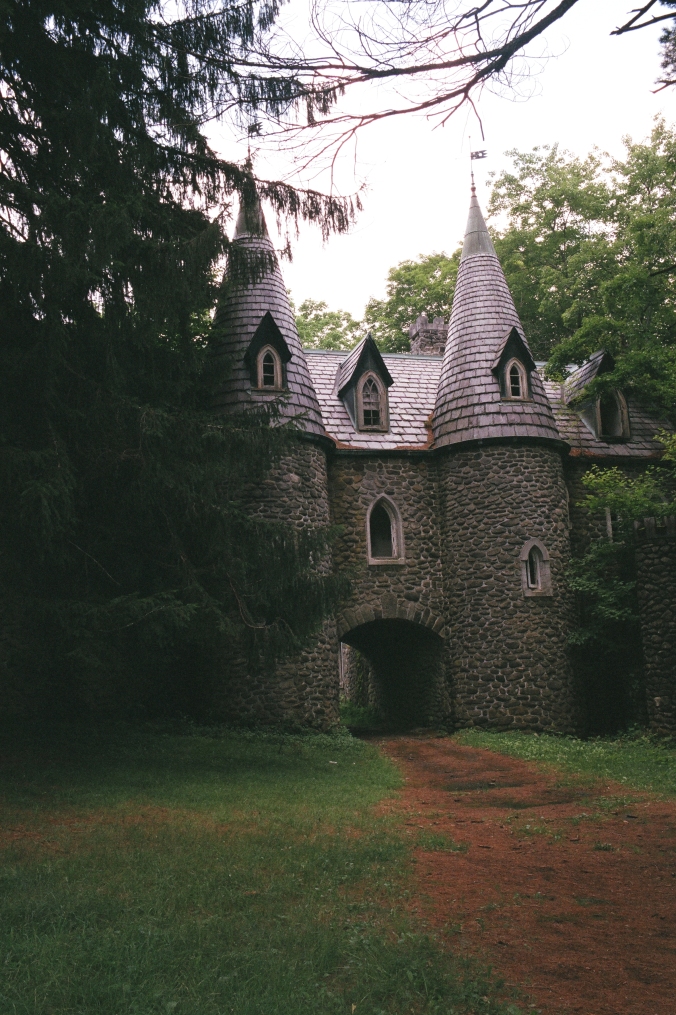
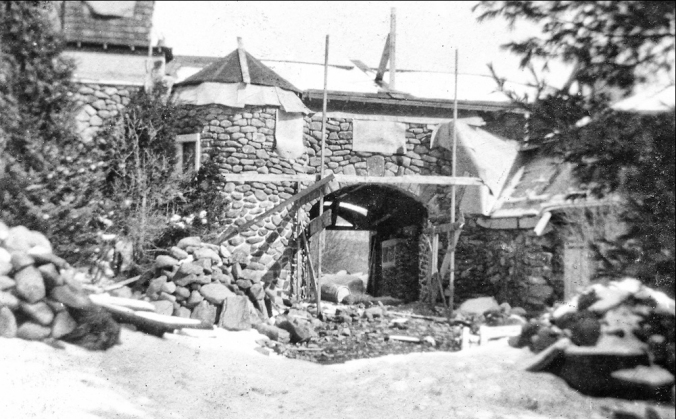
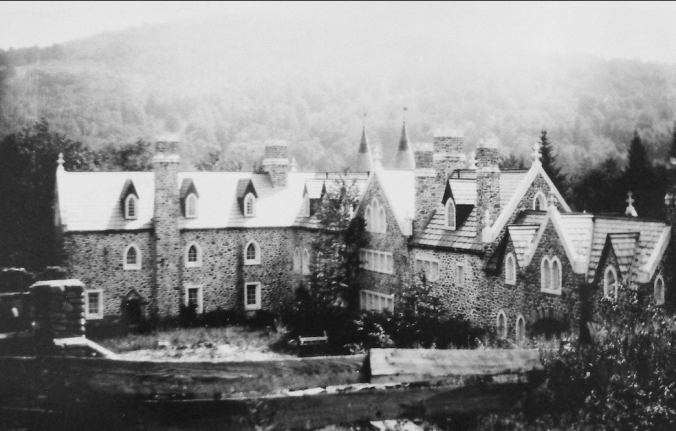
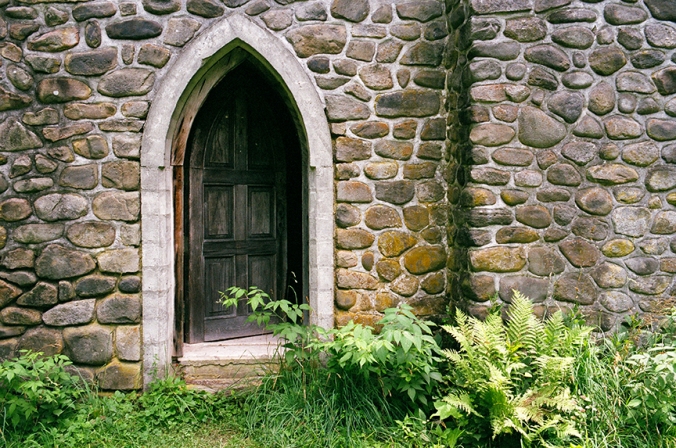
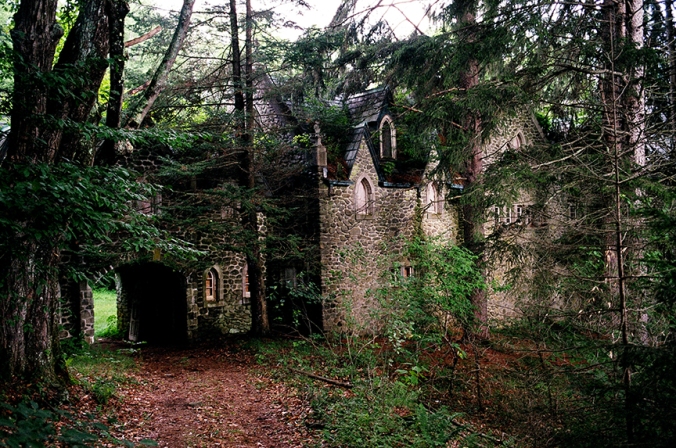
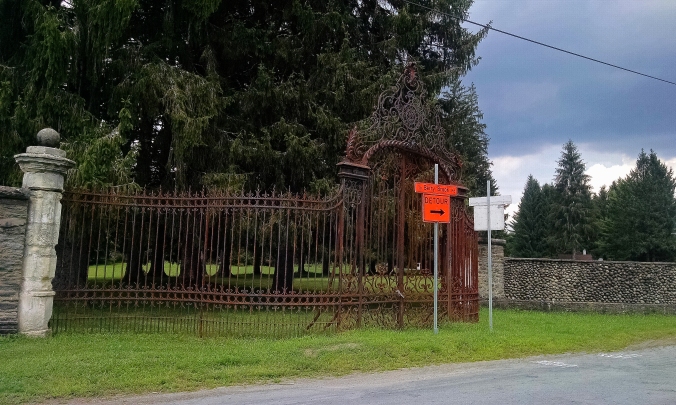

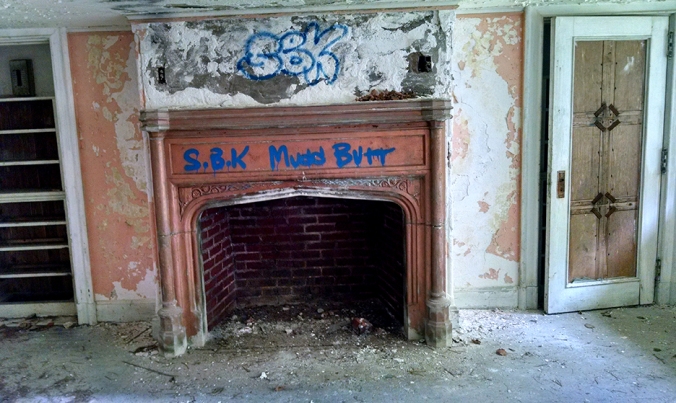
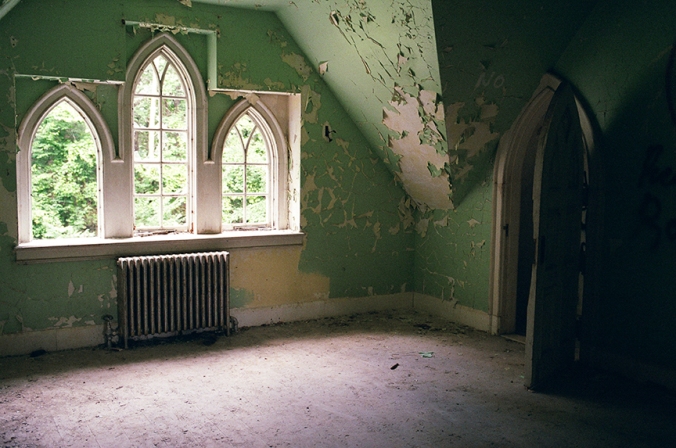



































I love this place! Have been many times… It’s unfortunate to see all the spray paint and disrespect. We found one heart shaped “pond”, or pool. It’s made of cement and rock, if I remember correctly. While inside the castle, look down the embankment towards the road and creek. It’s down there.
LikeLike
Ah! Thanks for the tip!
LikeLike
I was a Jr.Camp Counselor for Camp Eureka in 2005 at 15 and yes the camp shut Down Some years ago like around 2013 My Grandfather Was A Head mason his wife a Eastern star in Harlem The Castle is Nice and yet creepy to me well when I went anyways we went on a walk during the day once with some campers and toured it I was 6 feet at 16 lol so needles to say was not my cup of tea I really did not like the feel of the place or the story that went a long with it that we were told of the lady that went crazy and the lady that was looking for her daughter in the white dress that comes at night and me being a teen looking around I started opening things I remember I went to open what might have been a pantry and a bunch of damn bats flew out lol like I think i almost wet my self like I think i might have that’s how hard i screamed and book it out of there so if your a teen going there lol just to poke around just don’t
LikeLiked by 1 person
Hi Kenya,
I know this is a long shot but I figured why not. My Uncle lives in Roscoe NY and I just recently learned about the building and am quite fascinated by it. I would love to take a look around of the property but I would like to receive permission. Do you know how or who I could get a hold of to hopefully be able to do that. An email or phone number. Would be fascinating. Thank you in advance.
LikeLike
Sadly, I do not have anyone’s contact information!
LikeLike
Pingback: The strangely ghostly Dundas Castle in New York - Bluekingo The strangely ghostly Dundas Castle in New York